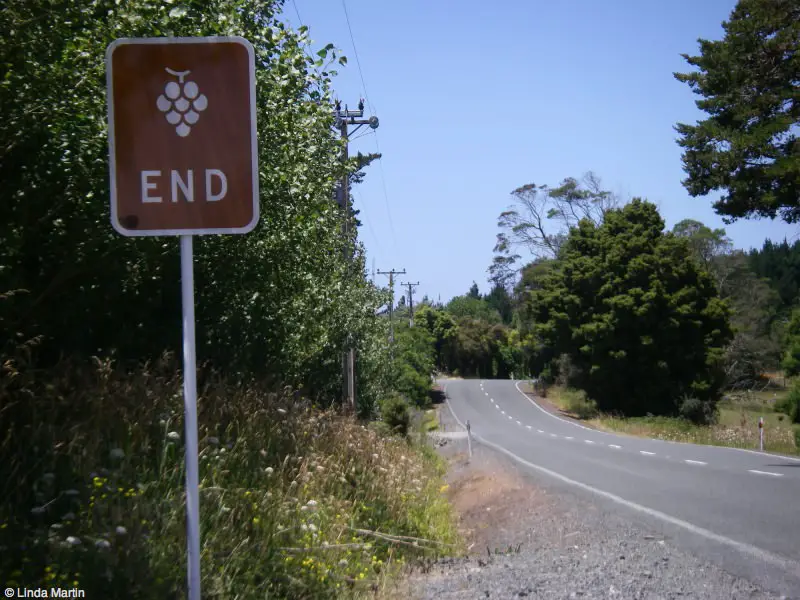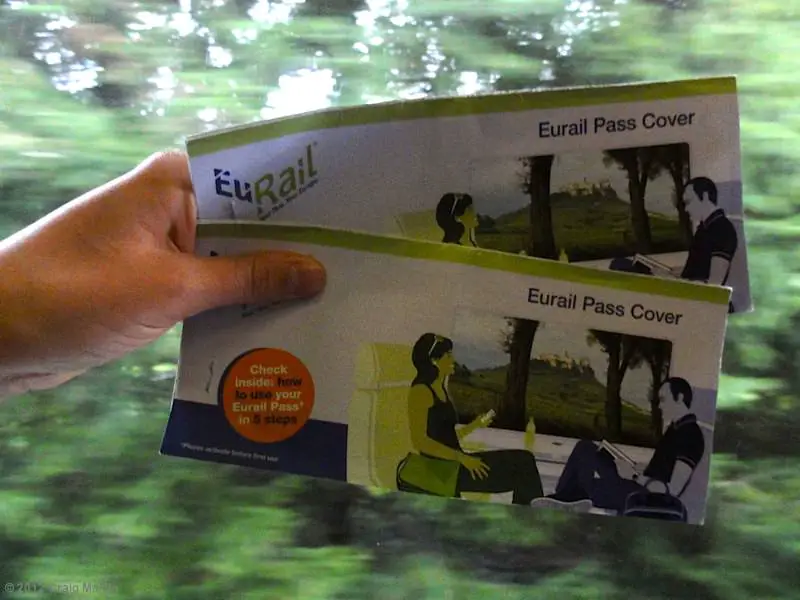How to take a taxi in South America
Taking a taxi is easy, right? You hop in, tell the driver where to go, and pay him (or her) at the end of the journey. Except that taxi culture varies from country to country. For example, in New Zealand people usually call ahead for a taxi since it’s pretty unlikely that one will just be passing by. In other places where population density is higher, you’ll see three taxis passing as you leave your front door.
In South America, catching a taxi differs depending on which country you’re in. In some places, they’re cheap and prevalent, in others they’re more expensive. If you’re going to be taking taxis in South America, it’s important to know what you’re up against.
Chile
In Chile, taxis are required to have meters, and you can hail them in the street or call a radio taxi company to be collected. Some radio taxis have set prices for certain journeys which roughly correspond to the price you would pay on a metered taxi – if you’re travelling on one of these routes they won’t use the meter. Santiagois more expensive than most other places.
 You could also choose to travel by collective taxis. which are pretty common. These are cars that drive a set route, like a bus, and you pay a set price per person, which is a lot cheaper than the equivalent price for a regular taxi – especially if you’re travelling alone.
You could also choose to travel by collective taxis. which are pretty common. These are cars that drive a set route, like a bus, and you pay a set price per person, which is a lot cheaper than the equivalent price for a regular taxi – especially if you’re travelling alone.
Peru
Taxis are one of the main ways of getting around in Peru. They are cheap and widespread, it’s usually really easy to find one when you need it. Some taxis have meters but they are generally not used – you agree the price with the driver before you get in. It’s a good idea to ask a local what a fair price is so that you don’t get overcharged – as a tourist you’ll be thought to have a lot of money and the taxi drivers will take every opportunity to charge you more. If you’re not happy with the price the driver suggests, bargain. If he won’t accept the price you want to pay (as long as it’s reasonable) find another taxi.
Taxis don’t need to be registered to function as taxis in Peru, anybody can just put a “taxi” sticker on their car and go for it. We generally travelled in registered cabs, it just felt safer.
 There have been some problems with tourists being kidnapped in taxis – generally the taxi driver is part of a gang, and instead of taking you to your destination he takes you to a prearranged point where his mates rob you. In Lima, a local recommended that we choose taxis driven by women or older men as they are less likely to be part of a gang.
There have been some problems with tourists being kidnapped in taxis – generally the taxi driver is part of a gang, and instead of taking you to your destination he takes you to a prearranged point where his mates rob you. In Lima, a local recommended that we choose taxis driven by women or older men as they are less likely to be part of a gang.
Bolivia
Travelling by cab in Bolivia is similar to in Peru – you agree the price before you head off and you don’t usually need to call ahead. We called ahead once or twice when we were staying in the suburbs but it was easy to find a taxi in the city. Prices are often fixed by the company for certain journeys, though you can sometimes negotiate a little.
Taxis that are part of a registered company are required to have a VHF radio to communicate with their office, and these taxis are regarded as the safer option – never take a taxi that doesn’t have a radio in it.
Argentina and Uruguay
Catching a taxi in Argentina and Uruguay is like catching a taxi in Australia or New Zealand. Calling ahead is not uncommon, although in the major cities you can just hail one on the street. All taxis are supposed to have a meter, so you should be charged a fair, if fairly expensive, price. It’s a good idea to ask at the beginning of the trip approximately how much the journey will cost, and make sure the driver uses the meter.
Final thoughts
Taxis can be a great way to get around, they’re fast and generally safe – especially if you’re travelling in a group. But remember that in some countries there are other options that are cheaper and which will provide you with a more authentic experience – try a bus, a train or a tuk-tuk.Have travel insurance questions? Stories to share that will help the community? Please leave them in the comments section below:







